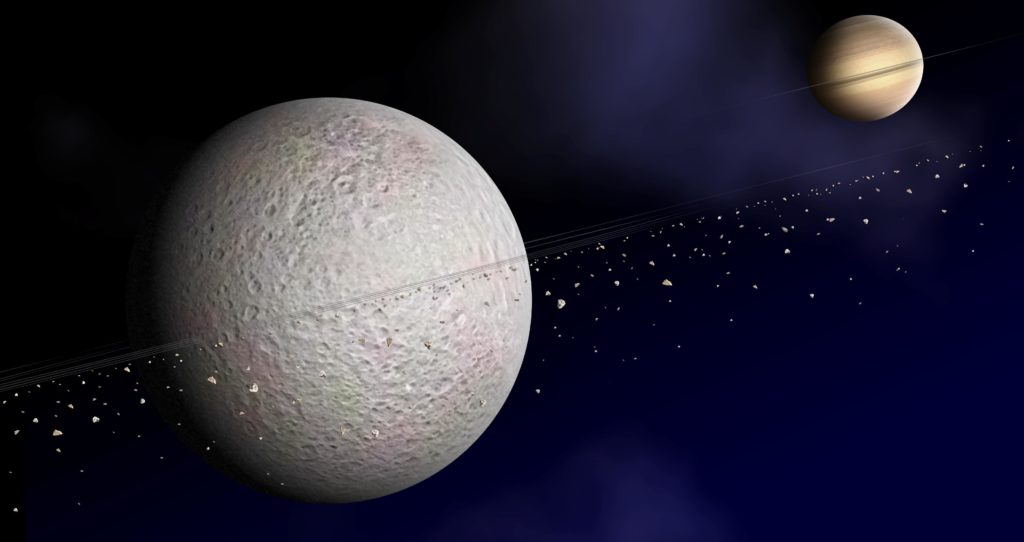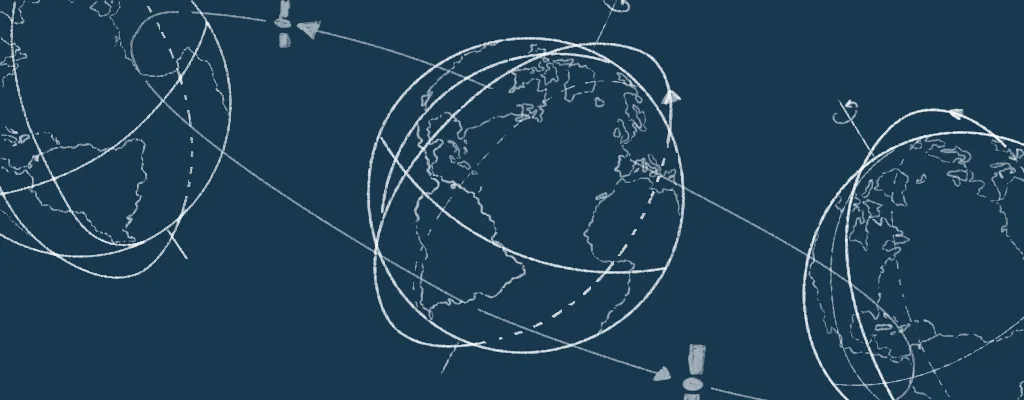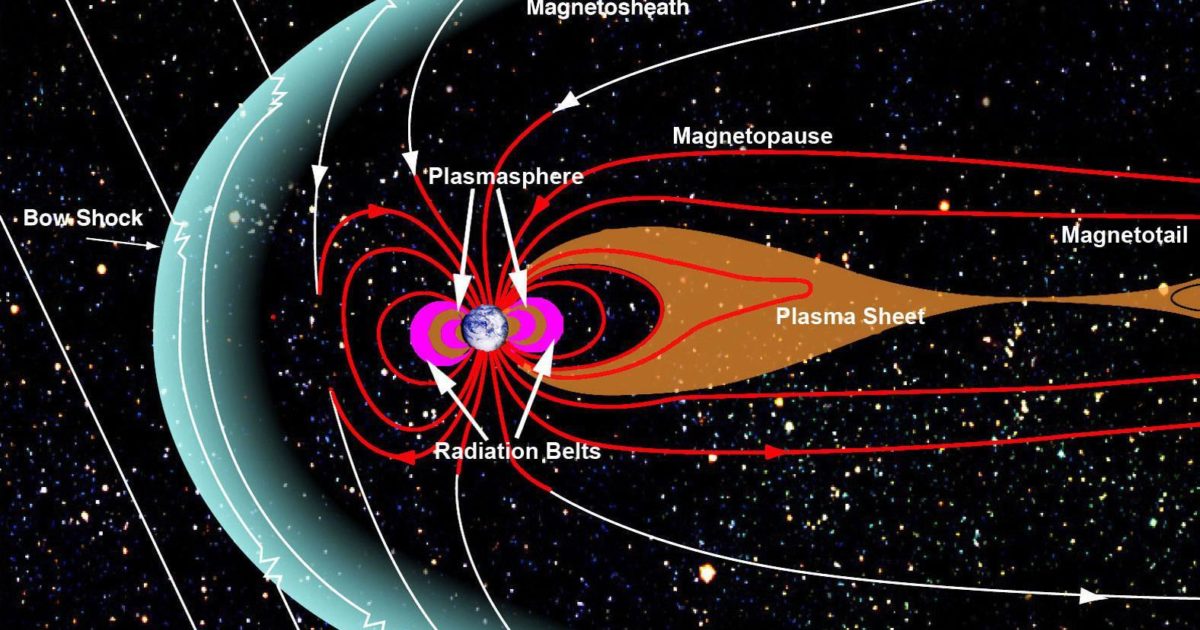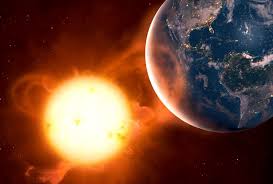Natural satellites, also known as moons, are celestial bodies that orbit a planet. They are smaller than planets but larger than asteroids or meteoroids.
Formation of Moons
Moons are believed to have formed through several processes:
- Capture: Some moons may have been captured by planets through gravitational interactions.
- Accretion: Moons can form from the same material that formed their parent planet, accreting from the protoplanetary disk.
- Giant Impact: Large impacts between planets and other celestial bodies can eject material that can later coalesce into moons.
Types of Moons
- Regular Moons: These moons orbit their planet in the same direction as the planet’s rotation and in nearly circular paths.
- Irregular Moons: These moons have more eccentric orbits and may orbit in the opposite direction of their planet’s rotation.
Notable Moons
- Earth’s Moon: Our only natural satellite, the Moon has a significant impact on Earth’s tides and climate.
- Jupiter’s Moons: Jupiter has the most moons of any planet in the solar system, with over 80 known moons. Some of the most notable include Io, Europa, Ganymede, and Callisto.
- Saturn’s Moons: Saturn has over 80 moons as well, including Titan, the largest moon in the solar system and the only known moon with a dense atmosphere.
- Other Moons: Other planets in the solar system also have moons, such as Mars, Uranus, and Neptune.
Importance of Moons
Moons play a vital role in the dynamics of planetary systems. They can influence a planet’s rotation, tides, and climate. Additionally, some moons may have the potential to support life.
Would you like to learn more about a specific moon or the role of moons in the solar system?



